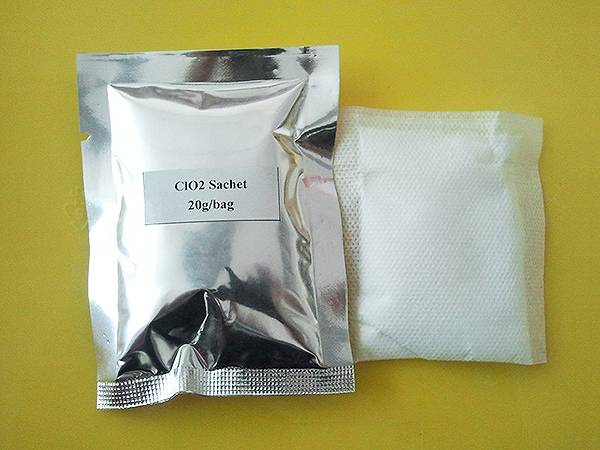



Understanding the Uses and Benefits of Chlorine Dioxide Liquid in Various Applications
The Role of Chlorine Dioxide Liquid A Versatile Oxidizing Agent in Various Industries
Chlorine dioxide (ClO₂) is a powerful oxidizing agent that has garnered attention for its versatility and effectiveness in a variety of applications across multiple industries. As a colorless gas at room temperature, chlorine dioxide can be generated and utilized in its liquid form for various purposes, establishing itself as a go-to solution in disinfection, water treatment, and even food safety.
Disinfection and Sterilization
One of the most prominent uses of chlorine dioxide liquid is in disinfection. Its ability to effectively kill bacteria, viruses, and fungi makes it an ideal candidate for sanitizing water, surfaces, and even medical equipment. Unlike traditional disinfectants, chlorine dioxide does not form harmful byproducts when it reacts with organic matter, which enhances its safety profile for both human health and the environment.
In healthcare settings, chlorine dioxide has been employed to sterilize operating rooms and critical care areas. Its application can reduce healthcare-associated infections (HAIs) significantly, which is a crucial aspect of patient safety. Additionally, industries that require strict hygiene standards have adopted chlorine dioxide for routine cleaning and disinfection, ensuring compliance with health regulations.
Water Treatment
Chlorine dioxide is particularly effective in water treatment processes. It is used extensively in municipal water systems to disinfect drinking water, providing a safer alternative to chlorine, which can react with organic material to form trihalomethanes (THMs)—potentially harmful byproducts. Chlorine dioxide not only disinfects but also acts as an oxidant, breaking down contaminants such as iron, manganese, and sulfides, thus improving water quality and taste.
In wastewater treatment, chlorine dioxide helps reduce the levels of hazardous bacteria and other pathogens. It effectively deodorizes and disinfects wastewater, making it safer for discharge into the environment or for reuse in agricultural applications.
Food Safety
chlorine dioxide liquid

The food industry also benefits from the use of chlorine dioxide liquid. Its antimicrobial properties make it an effective agent for washing fruits and vegetables, reducing the risk of foodborne illnesses caused by pathogens such as E. coli and Salmonella. Moreover, chlorine dioxide is often used in meat processing facilities to sanitize equipment and surfaces, thus ensuring that the final products are safe for consumer consumption.
The USDA and FDA have approved the use of chlorine dioxide for food processing, provided that it is used within regulated limits. This endorsement reinforces its status as a safe and efficient method for maintaining food safety in an era where consumers are increasingly concerned about the origins of their food and potential health risks.
Air Treatment
Beyond its efficacy in liquid form, chlorine dioxide can also be used in gaseous form for air treatment. Its ability to neutralize odors and eliminate airborne pathogens has made it a valuable tool in industries such as pharmaceuticals and food production, where air quality is essential. By controlling microbial growth in air handling systems, chlorine dioxide helps maintain a sterile environment, thereby protecting both product integrity and employee health.
Safety Considerations
While chlorine dioxide is a potent disinfectant with wide-ranging applications, it is essential to handle it with care. Though it is less toxic than some alternative disinfectants, proper training and safety protocols should be established for personnel using chlorine dioxide in any form. Adequate ventilation, personal protective equipment (PPE), and adherence to guidelines set forth by regulatory agencies are critical to ensuring safe usage.
Conclusion
Chlorine dioxide liquid stands out as a versatile oxidizing agent in various industries ranging from healthcare to food safety. Its effective properties as a disinfectant, water treatment solution, and air purifier make it a valuable ally in public health initiatives. As research continues and industries evolve, the potential applications of chlorine dioxide will likely expand, further solidifying its status as an essential component in maintaining safety and hygiene across diverse settings. The ongoing challenge remains balancing its efficacy with safety measures, ensuring that its benefits are maximized while minimizing any associated risks.
-
Why Sodium Persulfate Is Everywhere NowNewsJul.07,2025
-
Why Polyacrylamide Is in High DemandNewsJul.07,2025
-
Understanding Paint Chemicals and Their ApplicationsNewsJul.07,2025
-
Smart Use Of Mining ChemicalsNewsJul.07,2025
-
Practical Uses of Potassium MonopersulfateNewsJul.07,2025
-
Agrochemicals In Real FarmingNewsJul.07,2025
-
Sodium Chlorite Hot UsesNewsJul.01,2025










